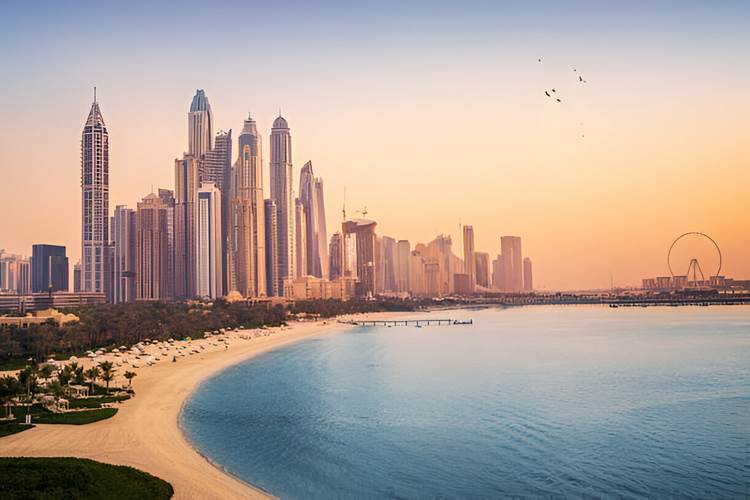
Oil remains one of the most critical resources in the global economy, powering industries, transportation, and daily life. Understanding the dynamics of oil production is essential for comprehending geopolitical landscapes, economic trends, and environmental concerns. In this list, we delve into the top 10 largest oil-producing countries, examining their production capacities, strategic significance, and future prospects.
The top 10 largest oil-producing countries play pivotal roles in shaping global energy dynamics, economic growth, and geopolitical stability. As the world transitions towards renewable energy sources and adopts more sustainable practices, the future of oil production hinges on technological innovation, environmental considerations, and geopolitical developments. Understanding the complexities of oil production is essential for navigating the evolving energy landscape and addressing the challenges of the 21st century. Here are the 10 countries that produce the most oil.
10. Kuwait – 2,644,000 oil barrels/day

Kuwait possesses abundant oil reserves concentrated in the Greater Burgan area, one of the world’s largest oil fields. The Kuwait Petroleum Corporation (KPC) manages the country’s oil assets, including upstream exploration and downstream refining operations. Strategic investments in infrastructure and technology are crucial for sustaining Kuwait’s oil production capacity.
9. United Arab Emirates (UAE) – 3,300,000 oil barrels/day

The UAE, particularly the emirate of Abu Dhabi, holds significant oil reserves and operates massive oil fields such as Zakum and Upper Zakum. State-owned entities like ADNOC (Abu Dhabi National Oil Company) oversee the exploration, production, and export of crude oil. The UAE’s strategic location along key shipping routes amplifies its importance in global oil trade.
8. Brazil – 3,585,000 oil barrels/day

Brazil’s pre-salt reserves, situated beneath thick layers of salt in offshore basins, represent a major frontier in oil exploration. Projects such as Lula and Libra hold vast hydrocarbon resources, positioning Brazil as a key player in the South Atlantic petroleum province. Petrobras, the state-controlled oil company, spearheads Brazil’s efforts to harness its offshore oil potential.
7.Iran – 4,064,000 oil barrels/day

Iran boasts substantial oil reserves and a well-established petroleum industry, despite facing sanctions and geopolitical tensions. The country’s vast South Pars gas field also holds significant oil condensate reserves. The National Iranian Oil Company (NIOC) oversees Iran’s oil and gas sector, managing exploration, production, and export operations.
6. China – 4,176,000 oil barrels/day

As the world’s largest importer of crude oil, China‘s domestic production plays a crucial role in meeting its energy demands. The country’s state-owned enterprises, such as PetroChina and Sinopec, oversee oil exploration and production activities both domestically and abroad. China’s quest for energy security has led to investments in overseas oil assets and strategic partnerships with oil-rich nations.
5. Iraq – 4,375,000 oil barrels/day

Despite facing geopolitical instability and security challenges, Iraq possesses some of the world’s largest proven oil reserves. The country’s southern fields, including Rumaila and West Qurna, attract investments from international oil companies seeking access to lucrative opportunities. Efforts to modernize infrastructure and enhance production efficiency are pivotal for Iraq’s oil sector development.
4. Canada – 4,971,000 oil barrels/day

Canada’s oil sands, primarily located in Alberta, represent one of the world’s largest unconventional oil reserves. Exploiting these reserves requires specialized extraction methods, including steam-assisted gravity drainage (SAGD) and mining operations. However, concerns regarding environmental impact, carbon emissions, and indigenous rights have sparked debates surrounding the sustainability of Canada’s oil industry.
3. Saudi Arabia – 8,950,000 oil barrels/day

As the largest producer within the Organization of the Petroleum Exporting Countries (OPEC), Saudi Arabia wields substantial influence over global oil markets. The kingdom possesses vast reserves and maintains spare production capacity, allowing it to stabilize prices during periods of volatility. Saudi Aramco, the state-owned oil company, plays a pivotal role in driving the country’s oil production strategy.
2. Russia – 10,126,000 oil barrels/day

Russia boasts immense oil reserves, particularly in Siberia and the Urals regions. Despite facing challenges such as aging infrastructure and Western sanctions, the country remains a dominant player in the global oil market. State-controlled entities like Rosneft and Gazprom Neft spearhead Russia’s oil exploration and production activities, bolstering its position as a key energy exporter.
1. United States of America – 13,315,000 oil barrels/day

The United States has undergone a remarkable transformation in its oil production landscape, largely due to advancements in hydraulic fracturing (fracking) and horizontal drilling technologies. States such as Texas and North Dakota have experienced a surge in oil output, propelling the U.S. to the forefront of global oil production. The shale revolution has significantly reduced the country’s reliance on imported oil and reshaped energy geopolitics.

